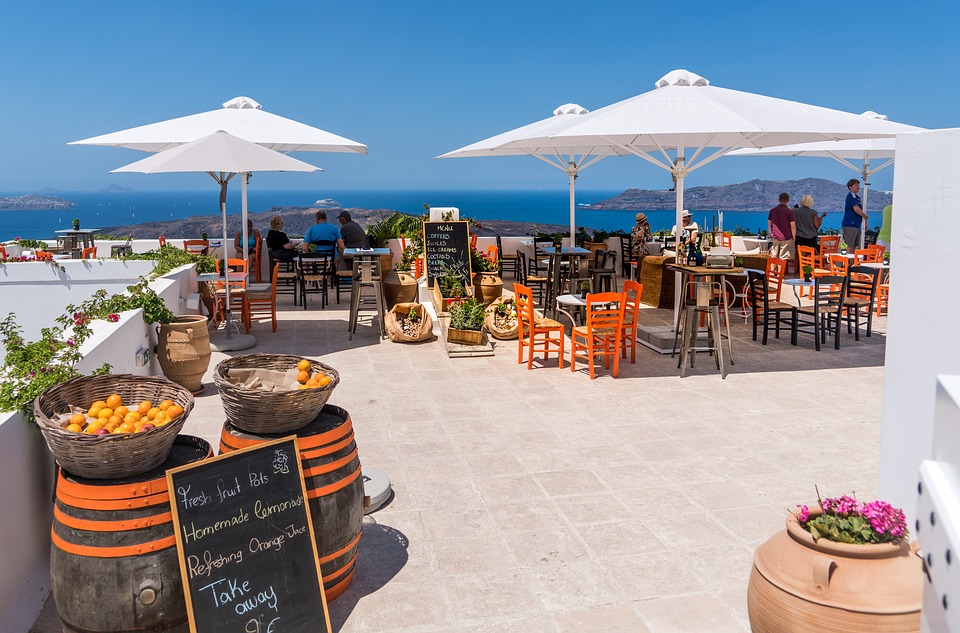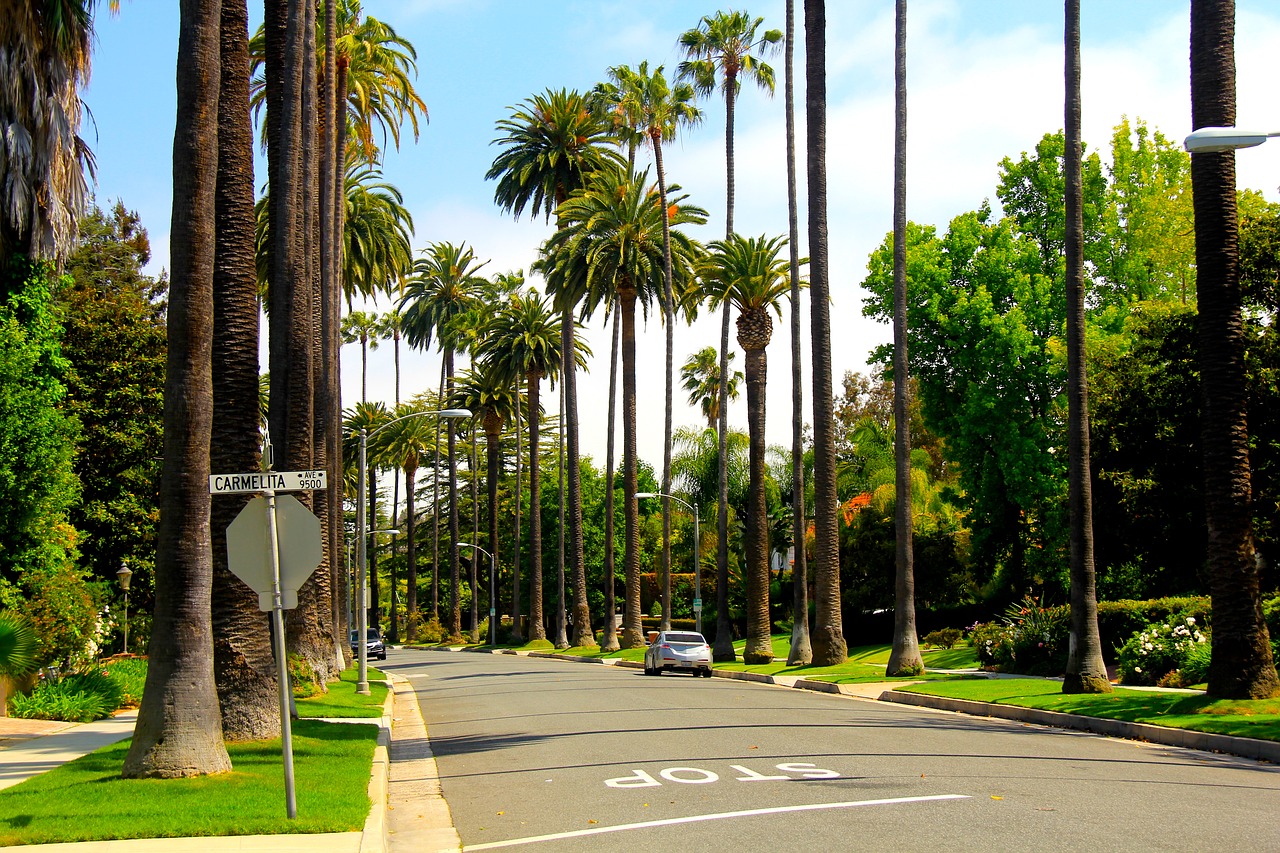
Consider the risks of travelling to countries with high cases of COVID-19 before you go. Include safety on your Travel Checklist.
Find flights
Travelling is supposed to give you a relaxing time and a vital breakaway from the routine that you’ve been used to. Like breaking the monotony you’ve had for months of working endless spreadsheets or word documents or having unending talks with different clients. But, travelling itself could be a miss if you don’t get to prepare ahead for. Here are some of the few things you should be on your travel checklist, and what to consider before booking that ticket, boarding that plane or diving into that infinity pool and what you should do to enjoy. With the situation we are in now, it has become a little more taxing.

Table of Contents
1. Consider the season
Before you book make sure that the season you’re going for is actually a good time for you. If you enjoy the smell of dried leaves; book autumn, if you’d like to enjoy hot chocolate when it’s chilly, ice skate or ski; book winter. Never go in spring if you have pollen allergies and of course, if you love the beach; book summer!
2. Read Traveller Reviews
To decide on where to go, which hotel to stay, which restaurant to eat and what things to do in a particular city, consider reviews and recommendations from frequent travellers. The internet is loaded with so much information now…head over to one of those sites where users can rate a hotel, restaurant and such and start from there. It is always best to plan ahead, especially your itinerary.
3. Compare Fares.
Finding the lowest fare is now easier with so many fare comparing sites. If you have a frequent flyer membership, it is worth looking at what they offer members. There are ways to get cheaper flights that is now known to many, find out here.

4. Buy Insurance
It’s extra money to pay, alright, but it will benefit you in the end. You’ll never know what’s gonna happen so better be secured than sorry. Bring medicine, especially if you have
3. Pack Light
Don’t doom yourself by packing the night before you leave. Plan your itinerary and determine- better list down what you will need for the span of your travel. The goal is to have one bag….just one! Unless of course if you’re travelling with a family of five! As much as shoes are concerned, bring just one extra…not five! (You can always buy anyway). Remember, if you’re going for the cold, it’s better to layer up than bring bulky jackets.
4. Currency
You may or may not be aware of it, but traveling with a large stash of cash in your possession puts you right under the noses of airport and immigration authorities. Of course, you might reason that money is very important when one travels. That is a given. Nevertheless, the Transportation Security Administration or TSA is wary of people who travel with loads of cash given the fact that this could pose security problems or may be an indication of criminal activity.
The best thing to do, then, is to carry a reasonable amount of money with you that you can exchange for the currency of the country you’re visiting. Travelex is a trusted name when it comes to foreign currency exchange and they have satellite booths found in most airports all over the world. It would also be a good idea to have your ATM with you so you wouldn’t have any problems getting more cash to exchange. These options are better than risk traveling with a large amount of money in your hands.

5. Take photos
Traveling without a camera is like braving a storm without an umbrella – it’s simply illogical. When you travel to a country, your ultimate goal is to savor the place and create memories that you could cherish for the rest of your life. This is especially true if you’re traveling with a special someone. Therefore, make sure to take photos, lots of them! Here are some useful tips to help you immortalize travel memories the best way possible:
Make sure you take pictures of signage. It could be the price of a bunch of flowers written in the local language, creative store signs, or even street signs. That way, you give your photos a sense of belonging. Besides, it’s a good way to remind you exactly where the photo was taken.
Take pictures and make sure people are included in the frames. The best subjects are locals (take note; locals and not fellow tourists) who are going about their daily routines. If there’s one thing that’s bound to make your pictures interesting, it is the human element.
Try to create photo story through the pictures you take. If possible, avoid taking a group shot with a historical edifice at the background. If you can’t resist it, take a picture of the edifice on its own. Let its beauty flourish.
Pick a theme for your photos.
Most importantly, try to tell a story through the pictures you take.

6. Buy souvenirs
Just like photographs, souvenirs can tell a lot about a trip you just came from. Sadly, some people spend money on souvenirs that they eventually throw away. A case in point is a ball pen shaped like the Leaning Tower of Pisa. Its ink would ultimately dry up, leaving you with no choice but to throw it when you finally do some spring cleaning. When buying souvenirs, ask yourself why you want to buy these in the first place. You’d be surprised at the different reasons you might come up with.
Needless to say, make sure the souvenirs you’re buying are practical (a t-shirt, perhaps?), small (you wouldn’t want these to take up much space in your luggage), and if possible, educational (something that tells a lot of things about the place you visited).






This travel checklist is very helpful. Thanks for sharing!